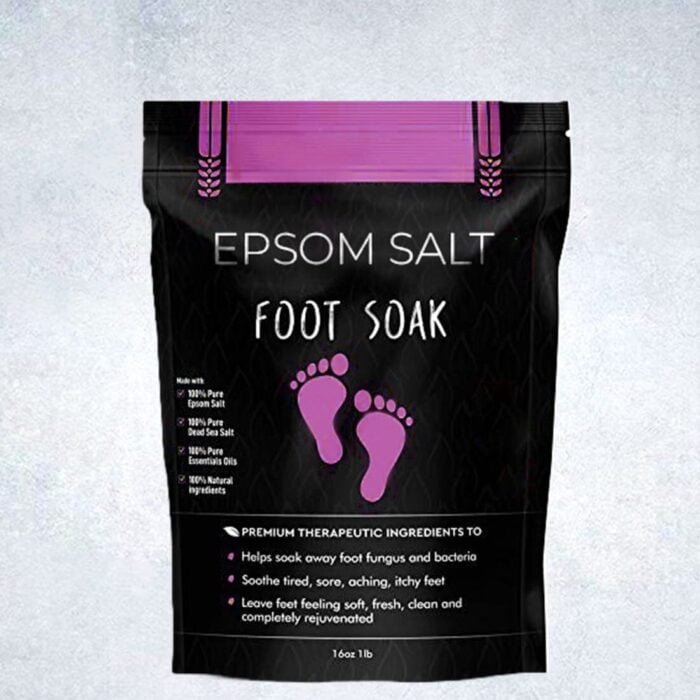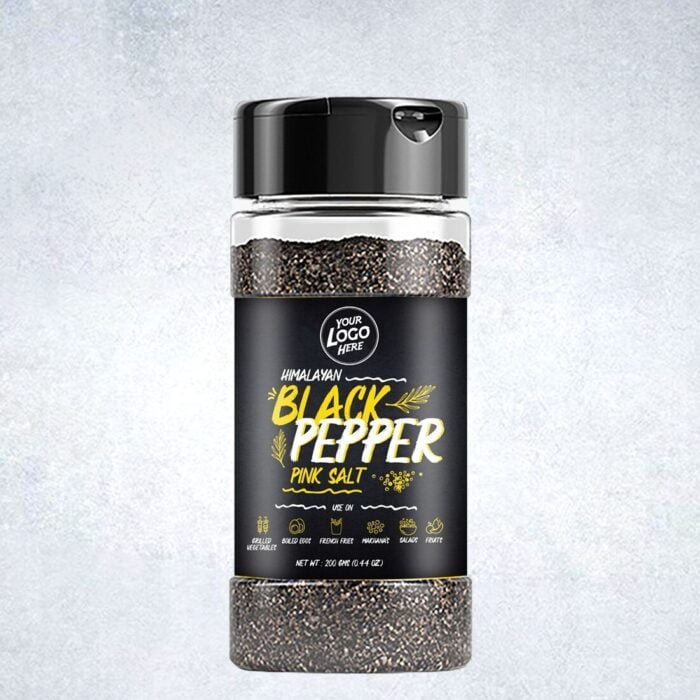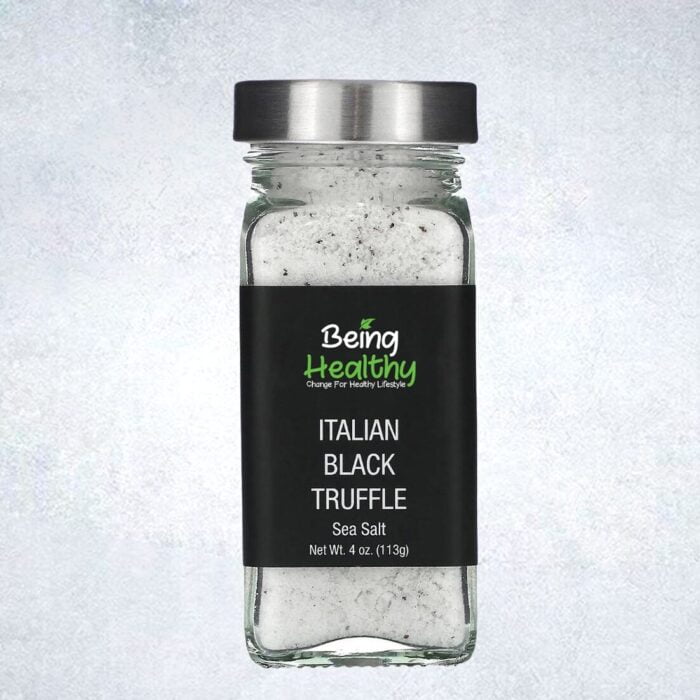Introduction to Refined Sea Salt and Table Salt
Salt, an essential element in culinary practices worldwide, comes in various forms, the most common being refined sea salt and table salt. Understanding these types of salt requires delving into their origins, processing methods, and unique characteristics.
Refined sea salt is derived from evaporated seawater. This type of salt undergoes minimal processing, allowing it to retain trace minerals such as magnesium, calcium, and potassium, which contribute to its distinct flavor profile and nutritional benefits. The method of extraction typically involves solar evaporation, which is a natural and eco-friendly process. Historically, sea salt has been harvested for thousands of years, prized for its purity and the subtle complexity it adds to dishes.
Table salt, on the other hand, is mined from underground salt deposits. This form of salt undergoes extensive processing to eliminate impurities and usually includes additives like anti-caking agents to ensure it remains free-flowing. Additionally, table salt is often iodized to help prevent iodine deficiency, a public health measure that has been crucial in many parts of the world. Its fine texture and consistent taste make it a staple in both household kitchens and food manufacturing.
The historical significance of both refined sea salt and table salt cannot be overstated. Across various cultures, salt has been used not only for seasoning but also for preservation, trade, and even as a form of currency. This enduring legacy underscores the importance of salt in daily life and its continued relevance in modern culinary practices.
As fast-moving consumer goods (FMCGs), both refined sea salt and table salt enjoy high demand and frequent purchase rates. Their indispensable role in cooking and food preparation ensures they remain prominent on grocery shelves, catering to a wide array of consumer preferences and dietary needs. The consistent and rapid turnover of these products highlights their significance in the market and the lucrative potential for distribution in various regions.
Nutritional Differences and Health Implications
When examining the nutritional content of refined sea salt and table salt, notable differences emerge that can influence consumer choice and health outcomes. Refined sea salt is often lauded for its trace mineral content, including magnesium, calcium, and potassium, which are naturally present due to its less processed nature. These minerals can contribute to overall wellness, albeit in small quantities. In contrast, table salt typically undergoes extensive processing, which strips away most of these trace minerals. However, table salt is often iodized, meaning it has iodine added to it, an essential nutrient for thyroid function and preventing iodine deficiency disorders.
From a health perspective, the implications of consuming either type of salt can be significant. Excessive sodium intake, regardless of the salt type, is linked to increased blood pressure, which can lead to cardiovascular diseases such as heart attacks and strokes. The American Heart Association recommends limiting sodium intake to less than 2,300 milligrams per day, with an ideal limit of 1,500 milligrams for most adults. Both refined sea salt and table salt contain approximately the same amount of sodium by weight, so moderation is key.
Scientific studies and expert opinions provide further insights into the health implications of salt consumption. For instance, research indicates that while trace minerals in sea salt can be beneficial, they are present in such minute amounts that their impact on health is minimal compared to the overarching need to manage sodium intake. On the other hand, the addition of iodine in table salt plays a crucial role in public health, particularly in regions where iodine deficiency is prevalent.
In conclusion, while refined sea salt offers a more natural mineral profile, table salt’s iodization presents a significant health benefit. Consumers should consider these nutritional differences and health implications when choosing between refined sea salt and table salt, always mindful of the broader goal of maintaining a balanced sodium intake for optimal health.
Market Demand and Consumer Preferences
The market demand for refined sea salt and table salt varies significantly across different regions, with particular nuances observable in our country. Through comprehensive analysis, it becomes evident that consumer preferences are evolving, driven by a combination of taste, texture, and perceived health benefits. Refined sea salt, often lauded for its distinct, subtle flavors and slightly coarser texture, appeals to a growing segment of consumers who prioritize culinary quality and gourmet experiences. Contrastingly, table salt, known for its fine granules and consistent taste, remains a staple in many households due to its affordability and ease of use.
Consumer trends in the food industry have notably shifted towards organic and natural products. This change is reflected in the rising popularity of refined sea salt, which is often marketed as a natural and less processed alternative to table salt. The health-conscious demographic tends to favor refined sea salt, associating it with lower sodium content and the presence of trace minerals, despite the actual differences being minimal. However, these perceptions significantly influence purchasing decisions, driving up demand for refined sea salt in health food stores and organic markets.
Sales data corroborates these trends. Recent statistics indicate that the market for refined sea salt has been growing steadily, with annual sales volumes increasing by approximately 5% over the past five years. Projections suggest this growth will continue as more consumers become aware of and seek out natural and organic food products. On the other hand, table salt maintains a steady market share, driven by its indispensable role in everyday cooking and food preservation.
The overall market for salt is expanding, supported by the food industry’s innovation and the introduction of new products. As consumer preferences evolve, businesses must adapt by offering a diverse range of salts to cater to various tastes and health perceptions. Understanding these market dynamics and consumer inclinations is crucial for distributors aiming to capture a significant share of this fast-moving product category in our country.
Strategies for Distributing Refined Sea Salt and Table Salt
When considering the distribution of refined sea salt and table salt, it is imperative to identify effective distribution channels. Supermarkets remain a primary channel due to their extensive reach and customer base. Ensuring that both refined sea salt and table salt are available in these stores can significantly increase visibility and sales. Additionally, specialty food stores, which cater to more niche markets and health-conscious consumers, can be an excellent avenue for distributing refined sea salt, particularly if you emphasize its unique benefits and origins.
Online marketplaces offer another robust distribution channel, especially as e-commerce continues to grow. By positioning your products on popular online platforms, you can reach a broader audience and offer the convenience of home delivery. Investing in a well-designed, user-friendly website can also enhance direct sales and build brand loyalty.
Marketing strategies play a crucial role in attracting and retaining customers. Effective branding can differentiate your product in a crowded market. Highlighting the purity, source, and health benefits of refined sea salt can appeal to discerning consumers. Packaging is another critical aspect; aesthetically pleasing and informative packaging can attract attention and provide essential information. Promotional campaigns, such as discounts, bundle deals, and social media promotions, can further boost sales and awareness.
Building partnerships with local suppliers and retailers is essential for a successful distribution strategy. Collaborating with established businesses can facilitate market entry and increase product availability. Engaging with local suppliers ensures a steady supply chain, while partnerships with retailers can help in securing prominent shelf space and promotional support.
Finally, navigating regulatory requirements for food products is crucial. Ensuring compliance with local food safety standards and labeling regulations is necessary to avoid legal complications. Staying informed about regulatory changes and maintaining high standards of quality control can safeguard your business and build consumer trust.












Reviews
Clear filtersThere are no reviews yet.